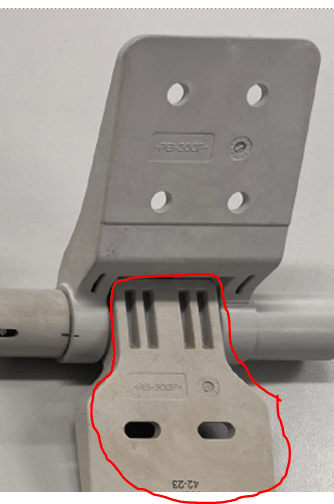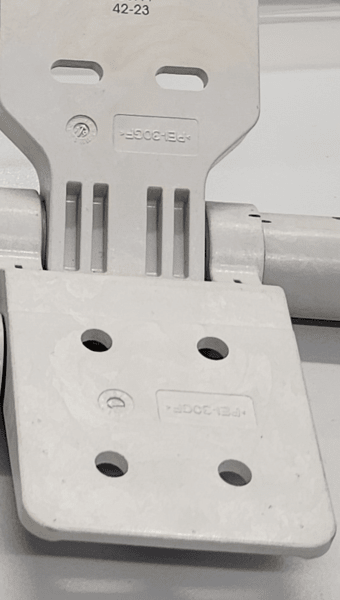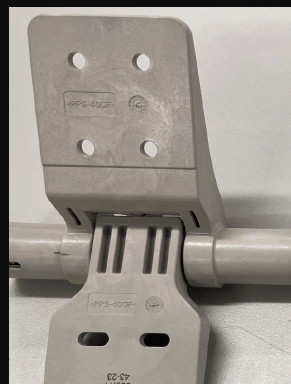rollingcloud
Aerospace
- Aug 9, 2022
- 174

Using a color meter or spectrophotometer to measure the variation between the area in the red circle and the upper area, what would be the approximate delta-E? I have never used such a tool, but my supplier is saying it's less than 3.0 and is acceptable. But since it's clearly visible to naked eye, it should be greater than 3. Only a couple of parts out of a large quantity have this issue, so I am not convinced that this is a perfectly normal condition. Anyone has experience with plastics and color meter?


